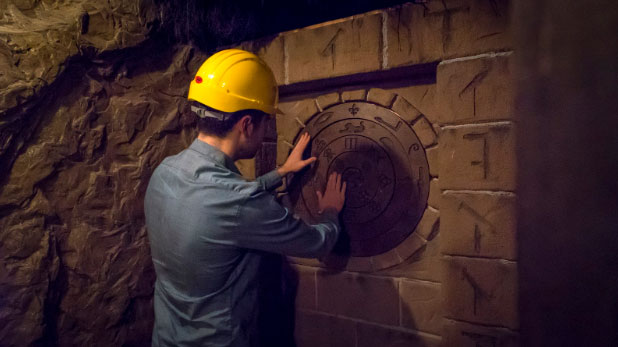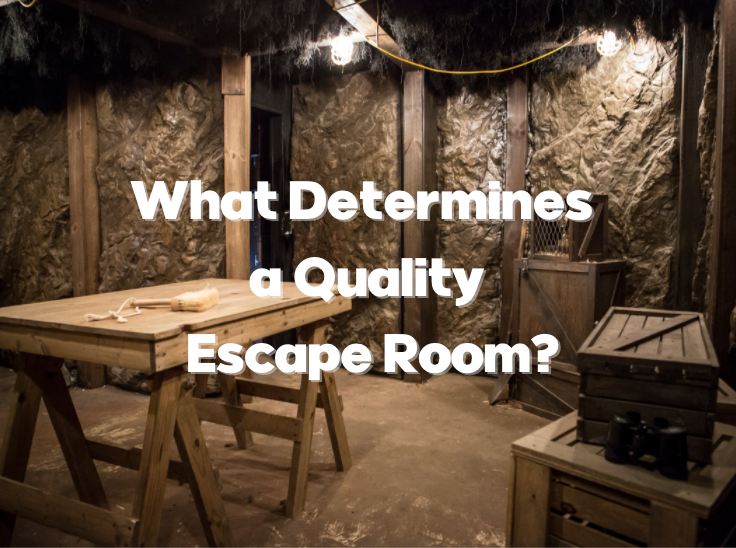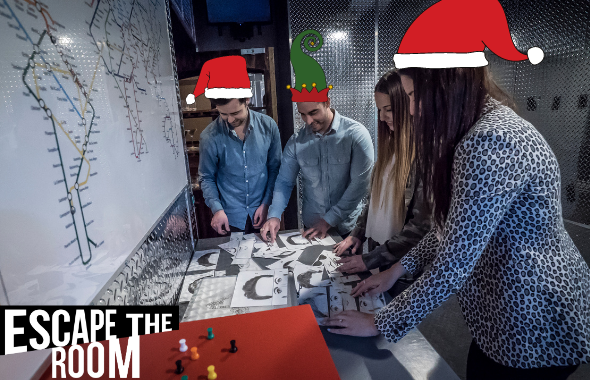There are many elements to a successful escape room. An engaging narrative, the story that brings the players into the game, is one. Challenging, but not impossible, puzzles can be another. But one quality that is mentioned by players time and again is immersion.
To completely bring the players into the narrative and give them a sense of being completely a part of the story of the escape game, you need immersion. This is done through qualities like a gripping story, convincing performers (when there are performers), and detailed set decoration. This last quality can be incredibly effective for the players in any escape room.
Lush set dressing, as in The Dig, a scenario at Escape the Room Houston, can provide a genuine sense of place for the players, contributing to the sense of being transported elsewhere during their game. Attention to detail can visually stimulate players, prompting them to pay close attention to their environment when looking for clues.
Puzzles, hints, and clues can also contribute to immersion. Engage players’ minds in the scenario as they figure their way of the room. The story in particular can be immersive, as a popular escape room in St. Petersburg has players search for all the incriminating evidence in a dissident friend’s apartment before the secret police arrive. The time element of a fun room escape will raise the stakes, increase the tension, and drive players deeper into the narrative as they try to find their way out.
Attention to detail also shows a commitment on the part of the creators of the escape room to providing an experience the players will remember. That commitment can inspire the players to throw themselves into the game; truly immerse themselves. And that will lead to an enjoyable experience for everyone.





